Payesh is to Bengal, what Payasam is to South India and Kheer is to rest of India. Come winters, and there’s a certain revelry that engulfs the atmosphere in West Bengal because it means the season of nolen gur (date palm jaggery) has arrived. Thus, the Nolen Gurer Payesh too, a decadent creamy pudding made with fresh date palm jaggery and rice. Though, a winter special, there are other variations of the Payesh Recipe made with different varieties of this typical jaggery available all year round.
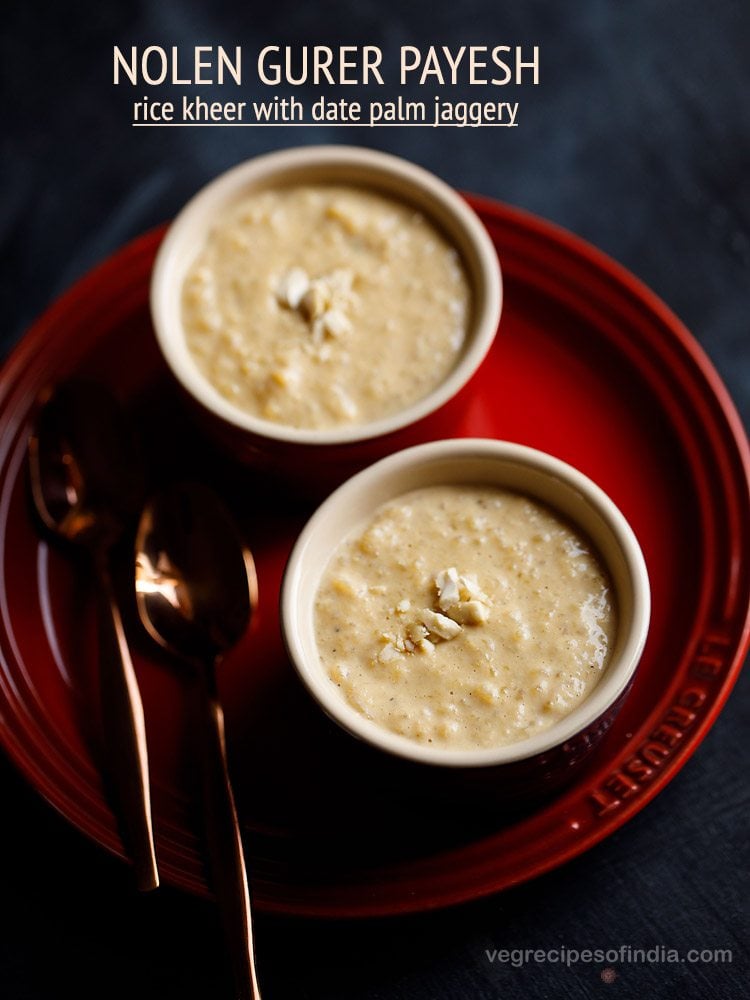
About Nolen Gurer Payesh
Translating the words in English, the recipe name of this Bengali winter specialty would simply mean:
Nolen Gurer – Nolen gur or the date palm jaggery (the suffix ‘-er’ means ‘of’)
Payesh – Is the Bengali cousin of the Indian style sweet rice pudding, also called kheer
Since this Payesh recipe uses the quintessential date palm jaggery/nolen gur/khejur gur, it has a very rustic, earthy flavor to it and an exceptional fragrance too.
This also makes this kheer stand out and be really different than the regular Rice Kheer that is made with sugar.
As you savor this delicious Nolen Gurer Payesh, the taste of it slowly grows on you. Only leaving you with a longing to have more and more. You see, it’s very easy to go excess with this dessert.
So, watch out that intake of yours. Have it hot, warm or chilled, your choice. Just remember that on cooling, it will thicken more.
Table of Contents
A classic Nolen Gurer Payesh recipe will always have the special variety of gobindo bhog rice in it. Though, you can make this Payesh with the basmati rice that you have at your home.
In this Payesh, there is no need of any extra flavorings too as the date palm jaggery is enough to elevate the flavors. But sometimes, I do add a tej patta and a bit of cardamom powder. You can also some nuts or dry fruits.
Pro Tip
Making this particular Payesh is easy, but takes time and attention. You should always use a heavy kadai or pan in making recipes like these where milk is boiled for a long time. This helps in preventing the milk from getting burnt at the bottom. Ensure to stir often, so that the milk and payesh does not stick on to the bottom of the pan.
How to make Nolen Gurer Payesh
Preparation
1. Rinse ¼ cup basmati rice or gobindo bhog rice a couple of times in water. Afterwards, soak the rinsed rice grains in enough water covering them for about 20 minutes.
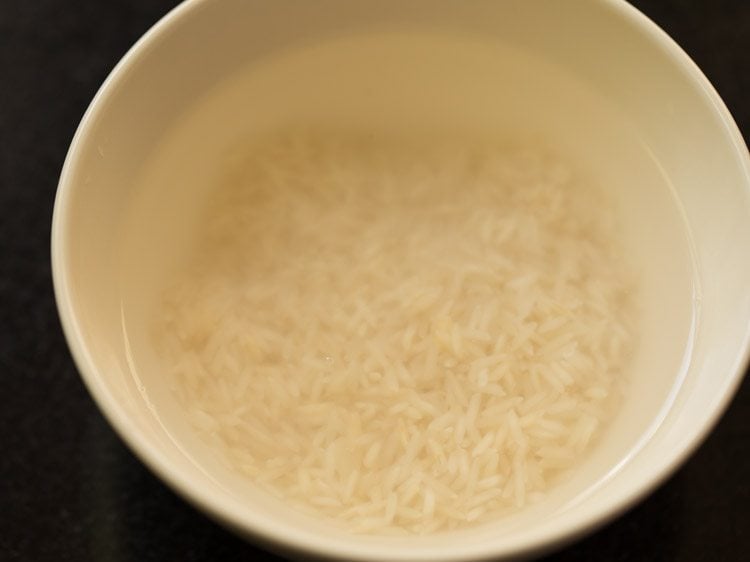
2. Take 100 grams date palm jaggery (nolen gur).
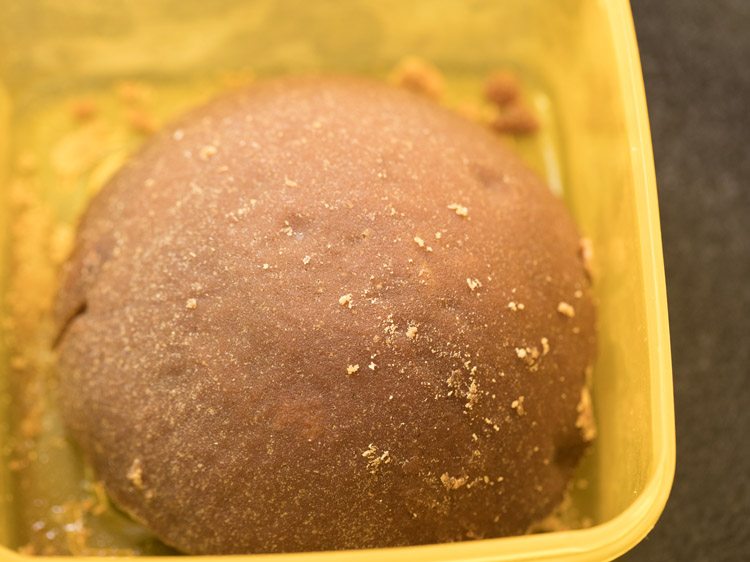
3. Chop and keep aside. You will need ½ cup of chopped date palm jaggery.
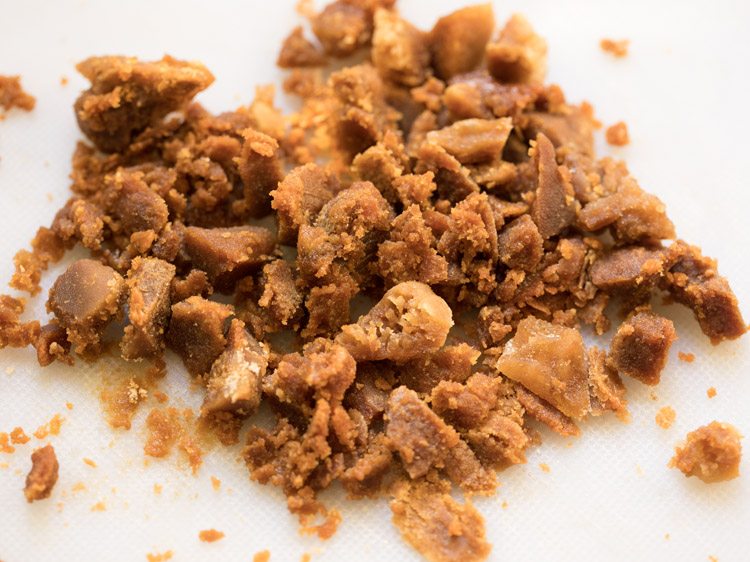
Cook Milk
4. Take 1 liter milk in a heavy kadai or pan.
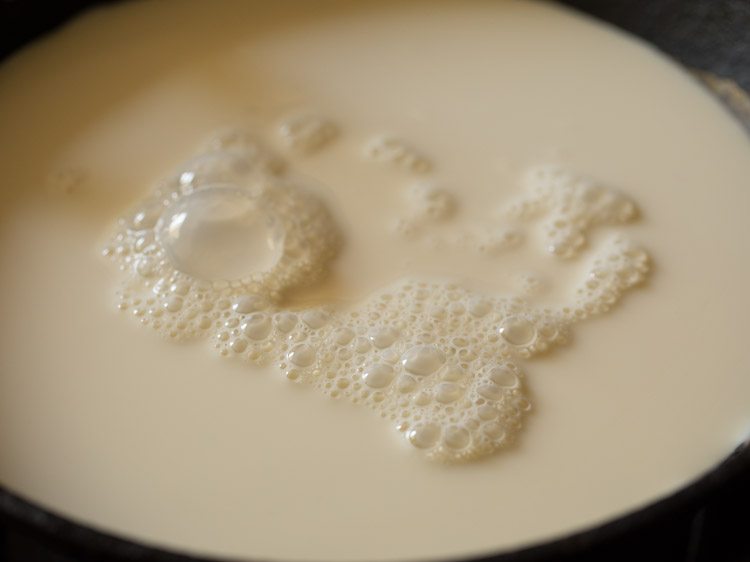
5. Keep the flame to a low and begin to heat milk.
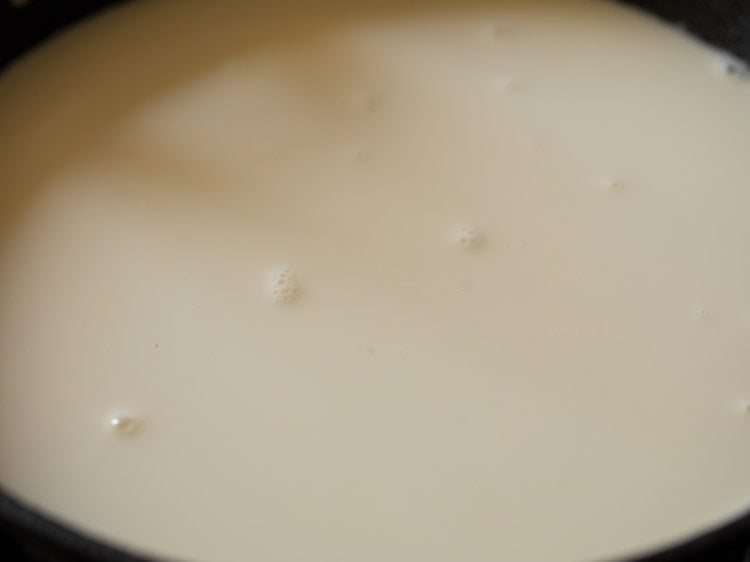
6. As the milk is being heated, stir occasionally.
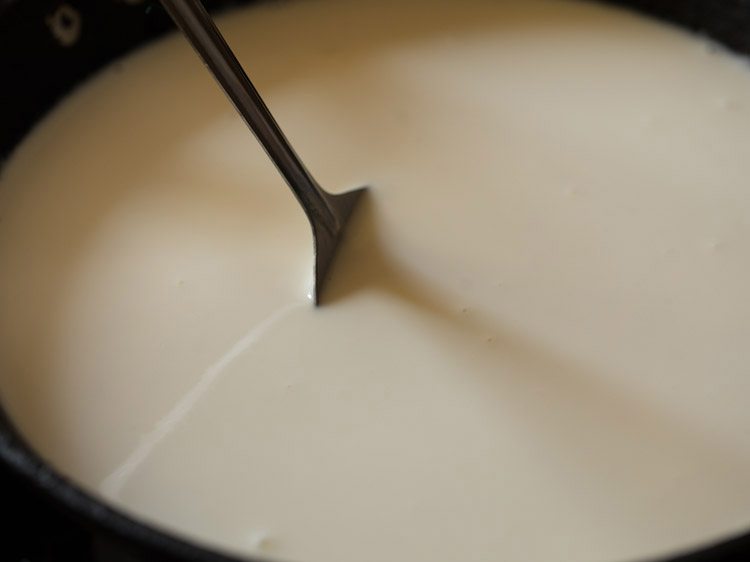
7. Let the milk come to a boil. Then, simmer for 8 to 10 minutes more after it comes to a boil. Stir often.
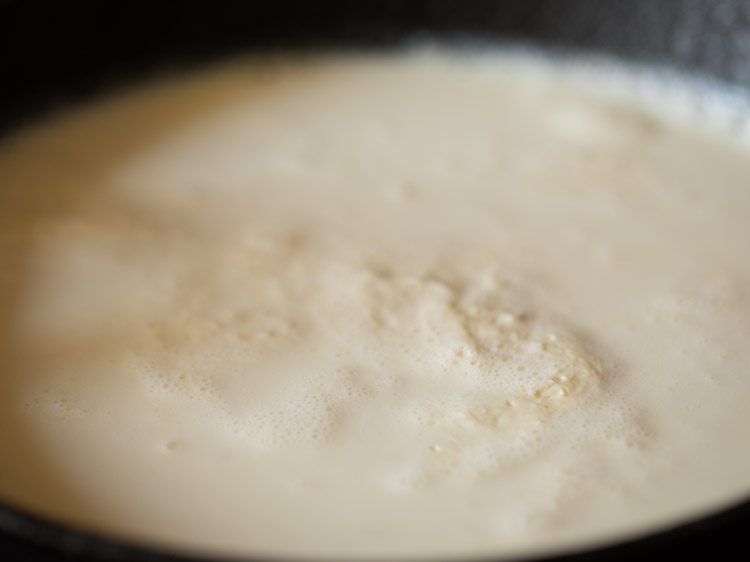
8. The milk will start reducing in this period of time.
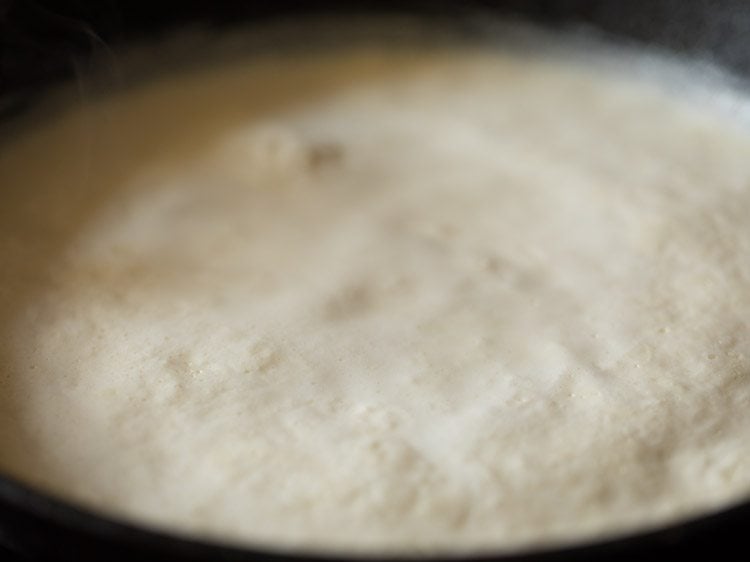
Make Payesh
9. After 8 to 10 minutes of simmering, drain all the water from the rice and add to the milk.
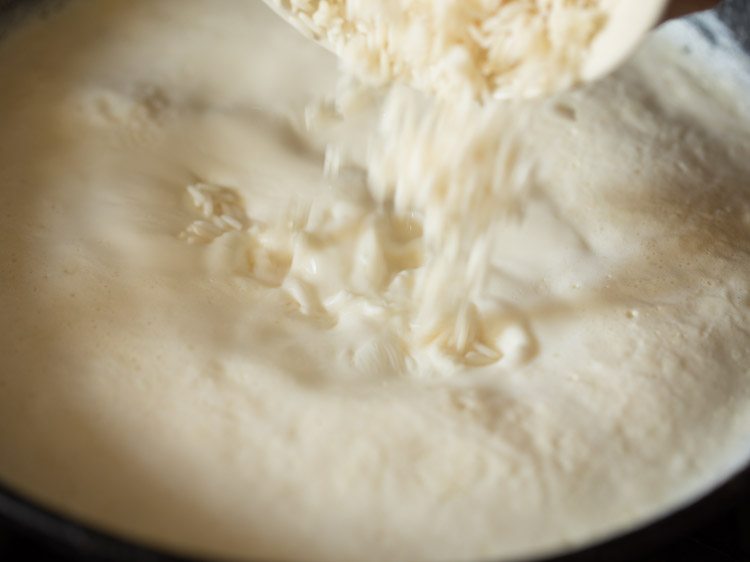
10. Then, add 1 small bay leaf (tej patta) and ¼ teaspoon green cardamom powder.
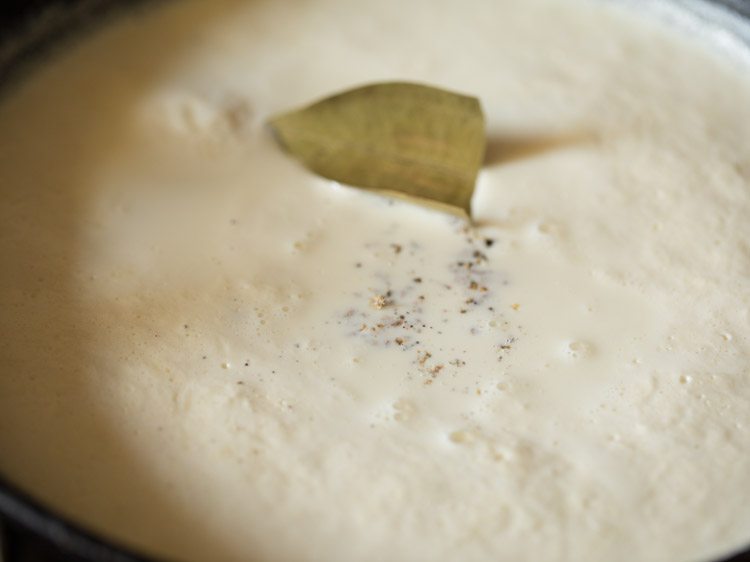
11. Mix very well.
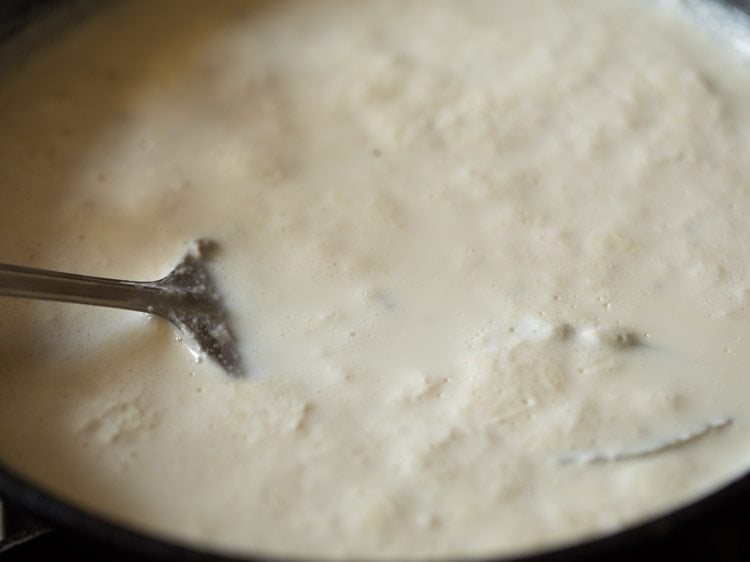
12. Simmer on low heat until the rice grains are cooked and softened. Stir often.
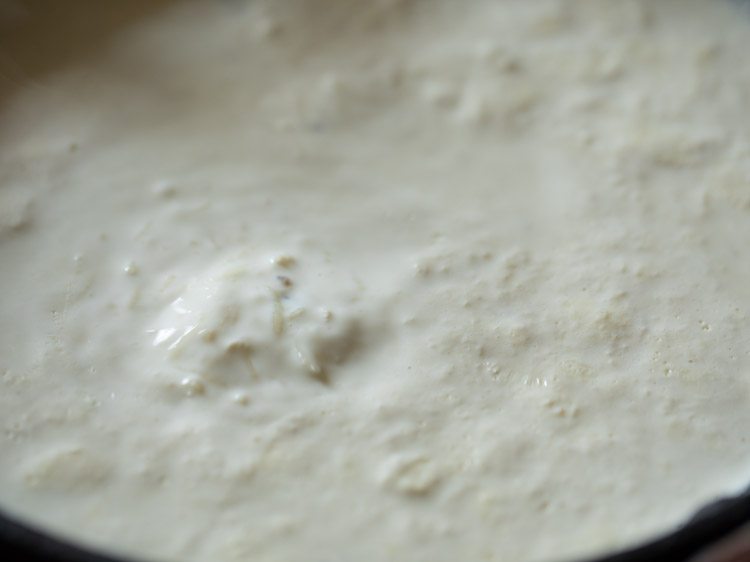
13. As the rice grains are cooking, the milk will also thicken and reduce more. Stir often so that the rice does not stick to the pan.
Also, scrape the dried milk solids from the sides and add to the simmering milk.
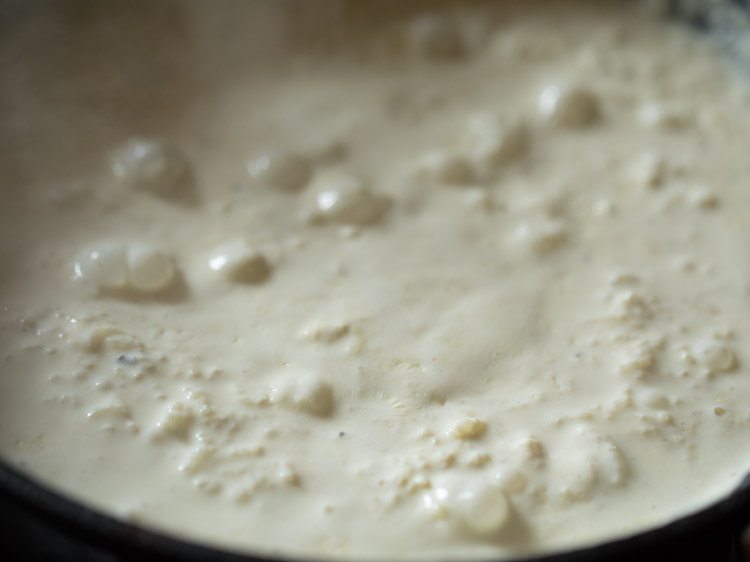
14. By the time the rice grains are cooked well, the milk will thicken more.
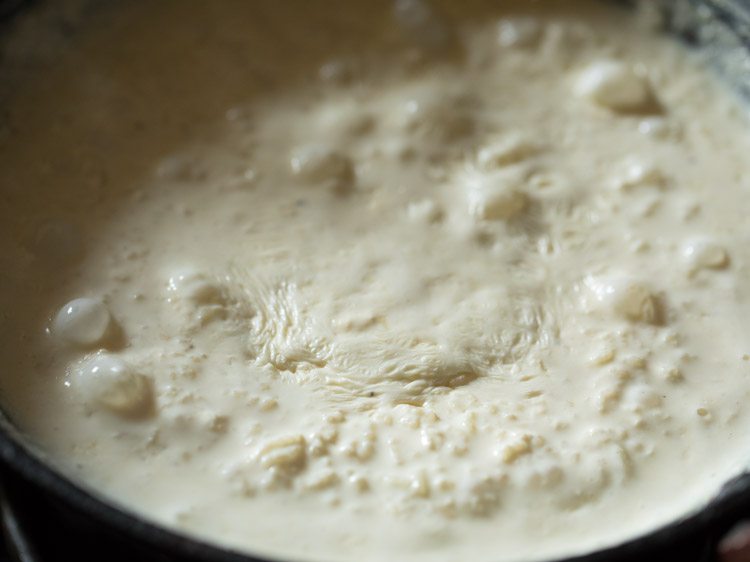
15. Simmer on low heat. The rice grains have to be tender and cooked thoroughly. So, you can taste or mash a few rice grains to see if they are cooked well enough.
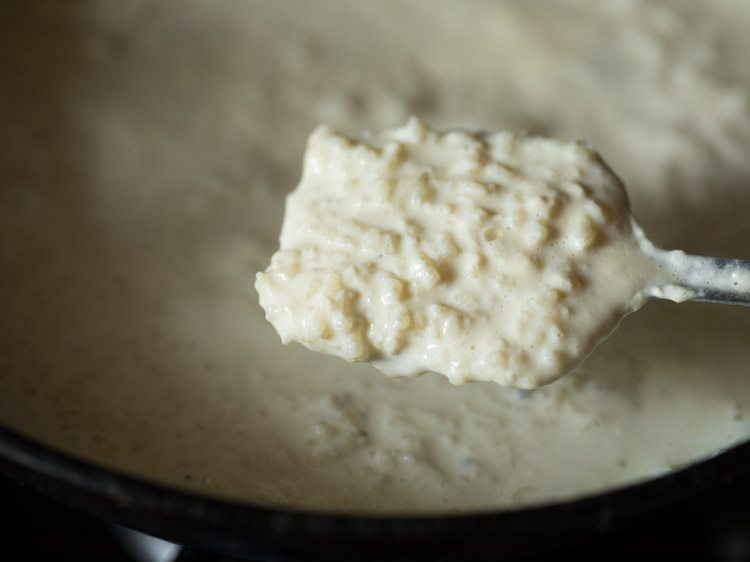
17. Once the rice grains are softened, turn off the heat.
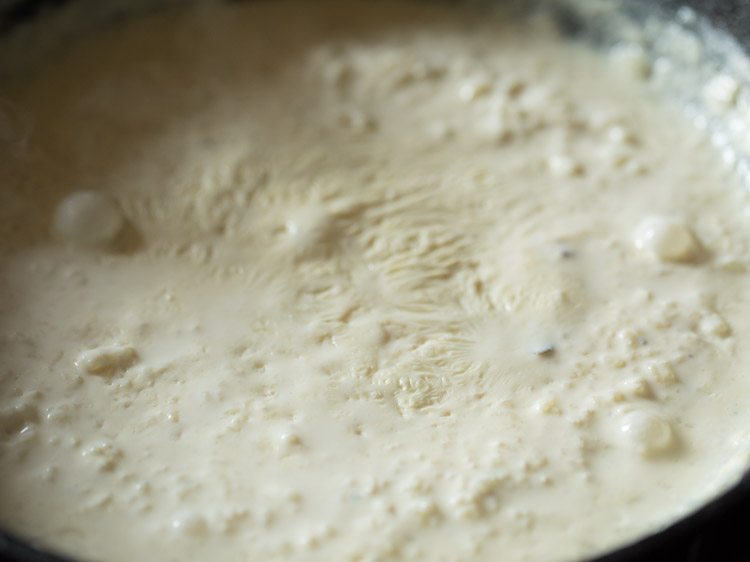
18. Next, add 2 tablespoons cashews and 1 tablespoon raisins. You can also add almonds or pistachios instead of cashews.
For toddlers, you can skip adding nuts, dry fruits altogether or add cashew or almond powder. Nuts & dry fruits are optional and can be skipped too.
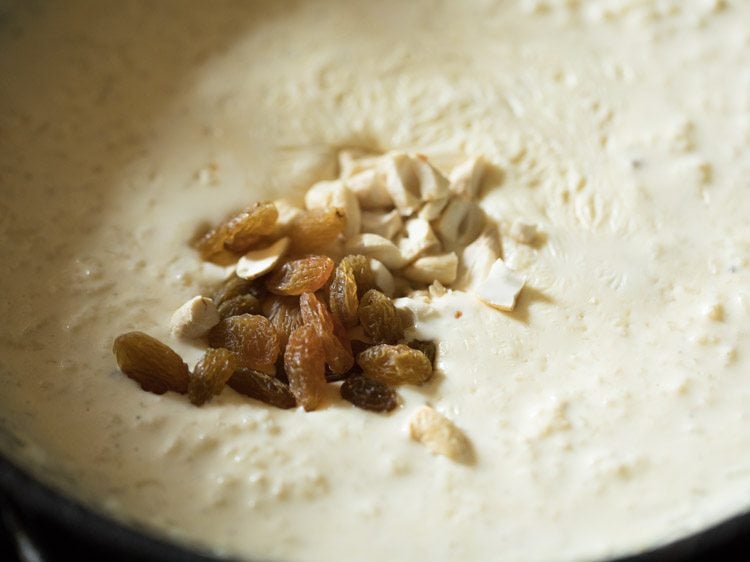
19. Mix very well.
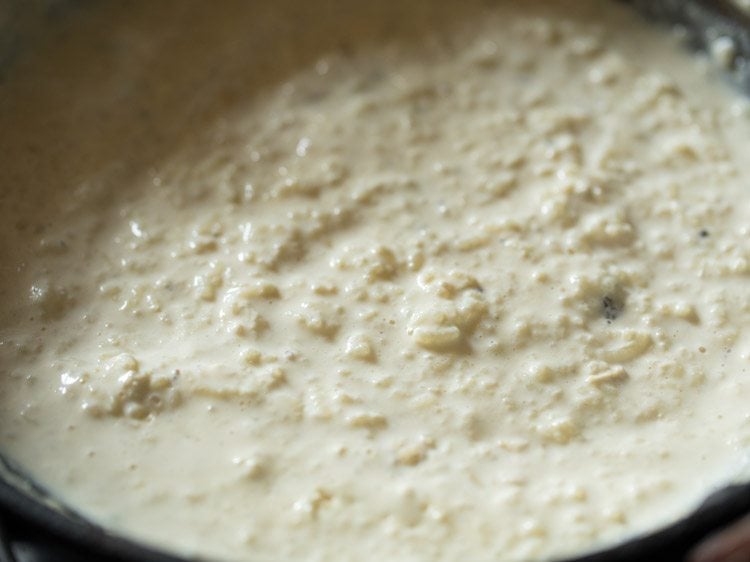
20. Remove the pan from the stovetop and keep on the counter top for 3 to 4 minutes till the heat reduces a bit. Also, scrape off the dried milk solids from the edges and add to the payesh.
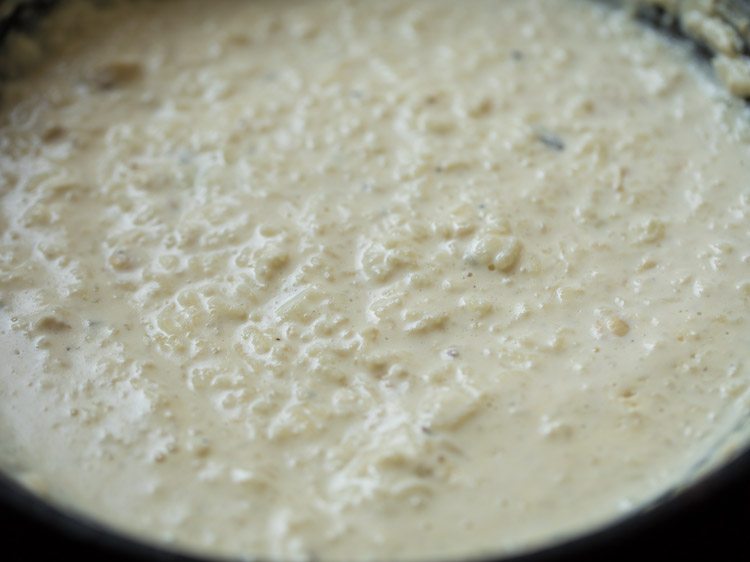
21. After 3 to 4 minutes, add one portion of the chopped date palm jaggery.
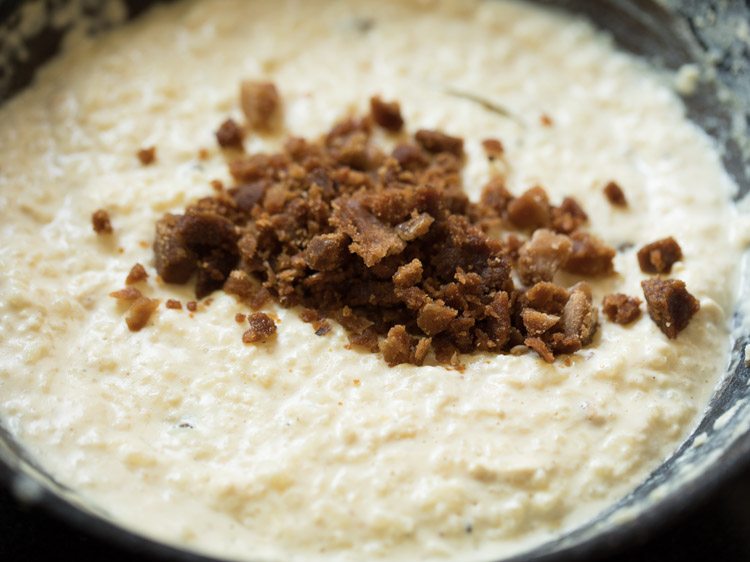
22. Mix very well until most of the jaggery has dissolved.
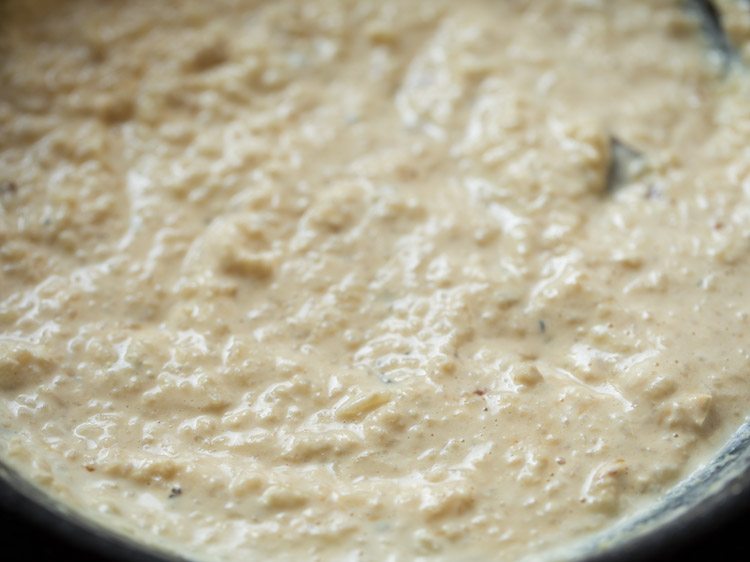
23. Add the remaining jaggery.
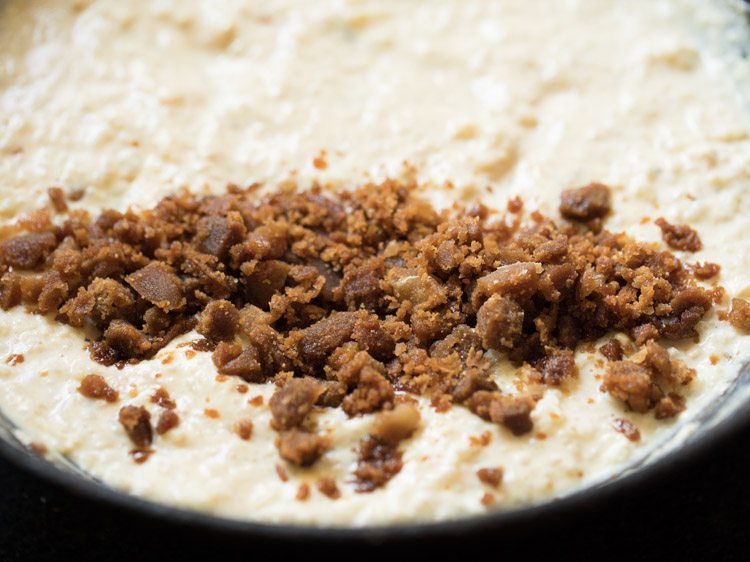
24. Mix again very well until all the jaggery dissolves. Check the taste and if you want, you can add some more jaggery.
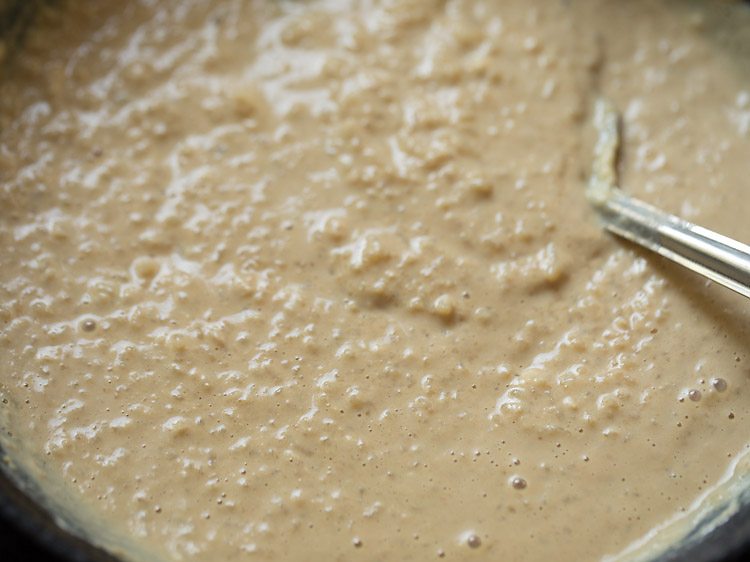
25. Serve Nolen Gurer Payesh hot or warm. You can also refrigerate and serve it chilled. While serving, garnish with a few chopped cashews.
Note that on cooling, the payesh will thicken more.
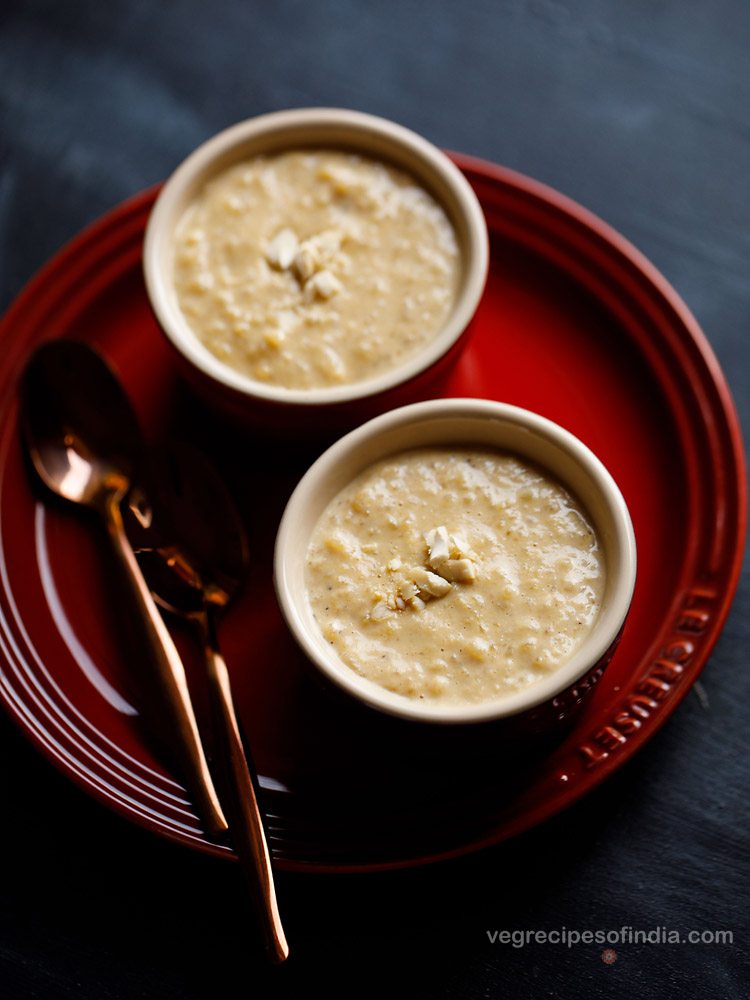
What is Nolen Gur
One of Bengal’s prized possessions is the nolen gur, also referred to as notun gur or khejur gur which is the fresh date palm jaggery.
And yes, one of the most important reasons for a Bengali to anxiously wait for winters to arrive is truly because it also brings along the nolen gur with it.
Food is an extremely integral part of the Bengali culture, and a true-blue Bengali will always take pride in their specialties.
As already mentioned, nolen gur is typically a winter delicacy. One of the things that makes it unique is that it is available in 2 forms – the liquid one known as jhola gur and the solid one known as patali gur.
Although, a Bengali would swear by jhola gur (almost liquid gold for them!), the solid nolen gur is also a preferred choice because of its ease of availability during non-winter months as well.
The World Of Nolen Gur
Just like this Nolen Gurer Payesh, the date palm jaggery is used in many more traditional Bengali dishes.
A typical Sandesh variant called the ‘jolbhora sandesh’ has a gooey center of the liquid jhola gur, encased in a chenna/paneer mixture that also has the nolen gur. Trust me, that’s an overdose which anyone would love to have!
Other classics like Narkel Naru, Mishti Doi, Rasgulla, patisapta, etc. can also be made with the nolen gur. These days nolen gur ice creams are also famous.
This specific jaggery is truly a gem as it imparts a mellow sweetness plus a certain depth of aroma and flavor in whichever preparation it becomes a part of.
In addition to this, khejur gur is rich in iron. Its micro-nutrients improve the immunity and helps to fight the body against infections. Consuming it also helps curbing cramped calf muscles and sore eyes.
More Similar Recipes To Try!
Sweets Recipes
Sweets Recipes
Sweets Recipes
South Indian Food
Please be sure to rate the recipe in the recipe card or leave a comment below if you have made it. For more vegetarian inspirations, Sign Up for my emails or follow me on Instagram, Youtube, Facebook, Pinterest or Twitter.
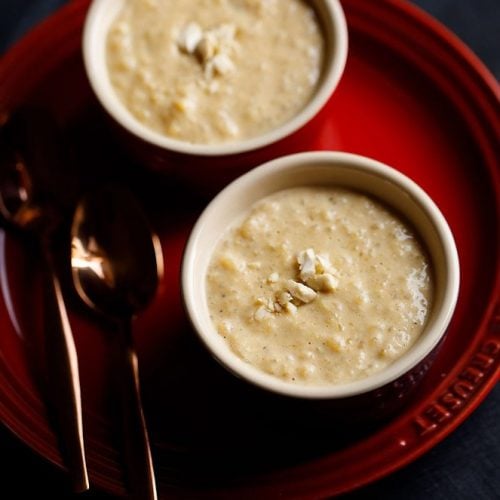
Payesh Recipe | Nolen Gurer Payesh
Ingredients
- ¼ cup basmati rice or gobind bhog rice, 50 grams
- 1 litre whole milk
- ½ cup date palm jaggery chopped, or 100 grams, can add more if required
- 1 tej patta – small-dozed, (Indian bay leaf)
- ¼ teaspoon green cardamom powder
- 2 tablespoons cashews or almonds, sliced or chopped – optional
- 1 tablespoon golden raisins – optional
Instructions
Preparation
- Rinse ¼ cup basmati rice or gobind bhog rice a couple of times.
- Soak the rinsed rice grains in water covering them for about 20 minutes.
- Chop date palm jaggery and set aside.
- You will need ½ cup of chopped dates palm jaggery.
Making nolen gurer payesh
- Take milk in a heavy kadai or pan.
- Keep heat to low and begin to heat milk.
- Stir occasionally when the milk is getting heated.
- Let the milk come to a boil. Then continue to simmer the milk for 8 to 10 minutes more after it comes to a boil. Stir often. The milk will start reducing in this period of time.
- After 8 to 10 minutes of simmering, drain all the water from the rice and add to the milk.
- Then add 1 small tej patta and ¼ teaspoon green cardamom powder. Mix very well.
- Simmer on low heat until the rice grains are softened and cooked. Stir often.
- As the rice grains get cooked, the milk will also thicken and reduce more. So stir often so that rice does not stick to the pan.
- By the time the rice grains are cooked well the milk will thicken well.
- Simmer on low heat.
- The rice grains have to be tender, softened and cooked well. So you can taste or mash a few rice grains to see if they have cooked thoroughly.
- Once the rice grains are softened, then turn off the heat.
- Then add 2 tablespoons cashews and 1 tablespoon raisins. You can also add almonds or pistachios instead of cashews. Mix very well.
- Remove the pan from the stovetop and keep on the counter top for 3 to 4 minutes till the heat reduces a bit.
- Then add one portion of the chopped dates palm jaggery. Mix very well until most of the jaggery has dissolved.
- Add the remaining jaggery.
- Mix again very well until all of the jaggery dissolves.
- Serve Nolen Gurer Payesh hot or warm. You can also refrigerate and serve this Rice Payesh chilled. While serving garnish with a few chopped cashews.
Notes
- Use whole milk and toned milk or low fat milk may split when adding the palm jaggery.
- Keep on stirring often when the milk is heating up, while the rice cooks and after the rice has cooked; to prevent the milk or payesh sticking to the bottom of the pan.
- You can use palm sugar or coconut sugar instead of palm jaggery.
- Feel free to add your choice of nuts and dry fruits.
- The recipe can be scaled to make less or more portions.
Nutrition Info (Approximate Values)
This Nolen Gurer Payesh recipe from the archives was first published on April 2017. It has been updated and republished in March 2024.
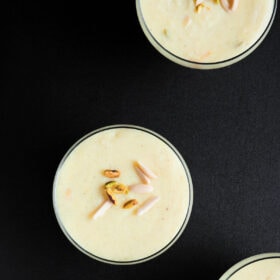
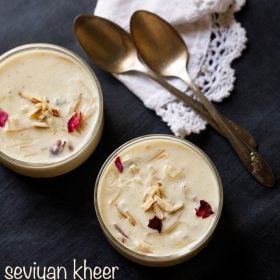
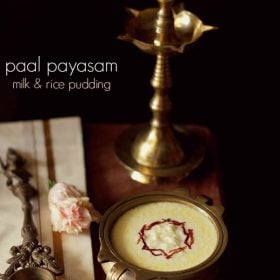
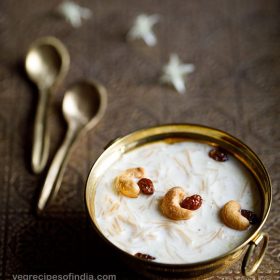
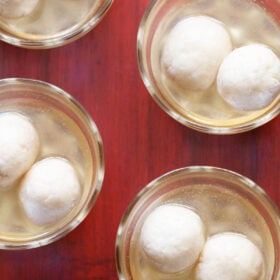
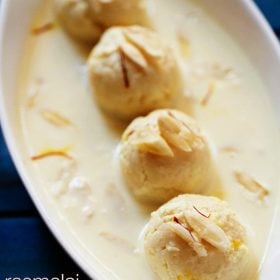
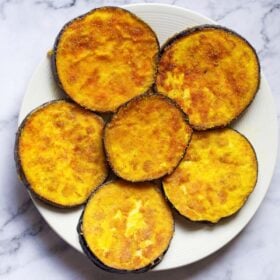
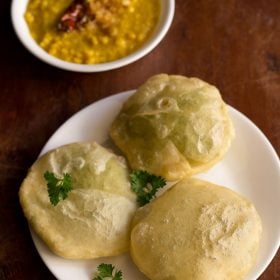








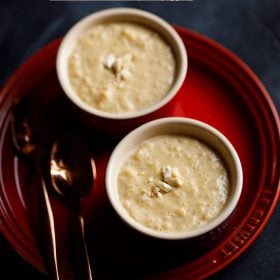
Studying more and more indian recipes with you, thank you so much!
Most welcome.
Amazing!
Just one doubt
Can Coconut milk be used instead of normal milk?
Yes you can, but cook the rice with jaggery in thin coconut milk first or water like we cook steamed rice when eating with dal etc. When the rice is cooked, then add thick coconut milk and gently heat through on a low flame. You can even just make it warm.
Liked your recipe. Easy and simple to make
thank you neera.
Can we use sugarcane jaggery in this recipe?
yes, you can use sugarcane jaggery.
Are there two types of jaggery that you are using? In the recipe you write chopped dates palm jaggery and palm jaggery. Is this easy to get?
this jaggery is known by both names. the sap is extracted from the date palm tree and hence the name date palm jaggery. in bengali language, this jaggery is called as khejur gur. it is not easily available locally if you live in india except west bengal. but you can easily buy it online. if you cannot get palm jaggery, then add sugarcane jaggery or sugar or brown sugar. hope this helps.
wow love to see this dish in ur website…. my mom makes me this an it tastes like heaven…..btw u used solid date palm jaggery in the dish ,while using the fresh date palm jaggery available in winters in bengal,has better taste
thanks malvika. i am sure it will taste better with fresh palm jaggery.